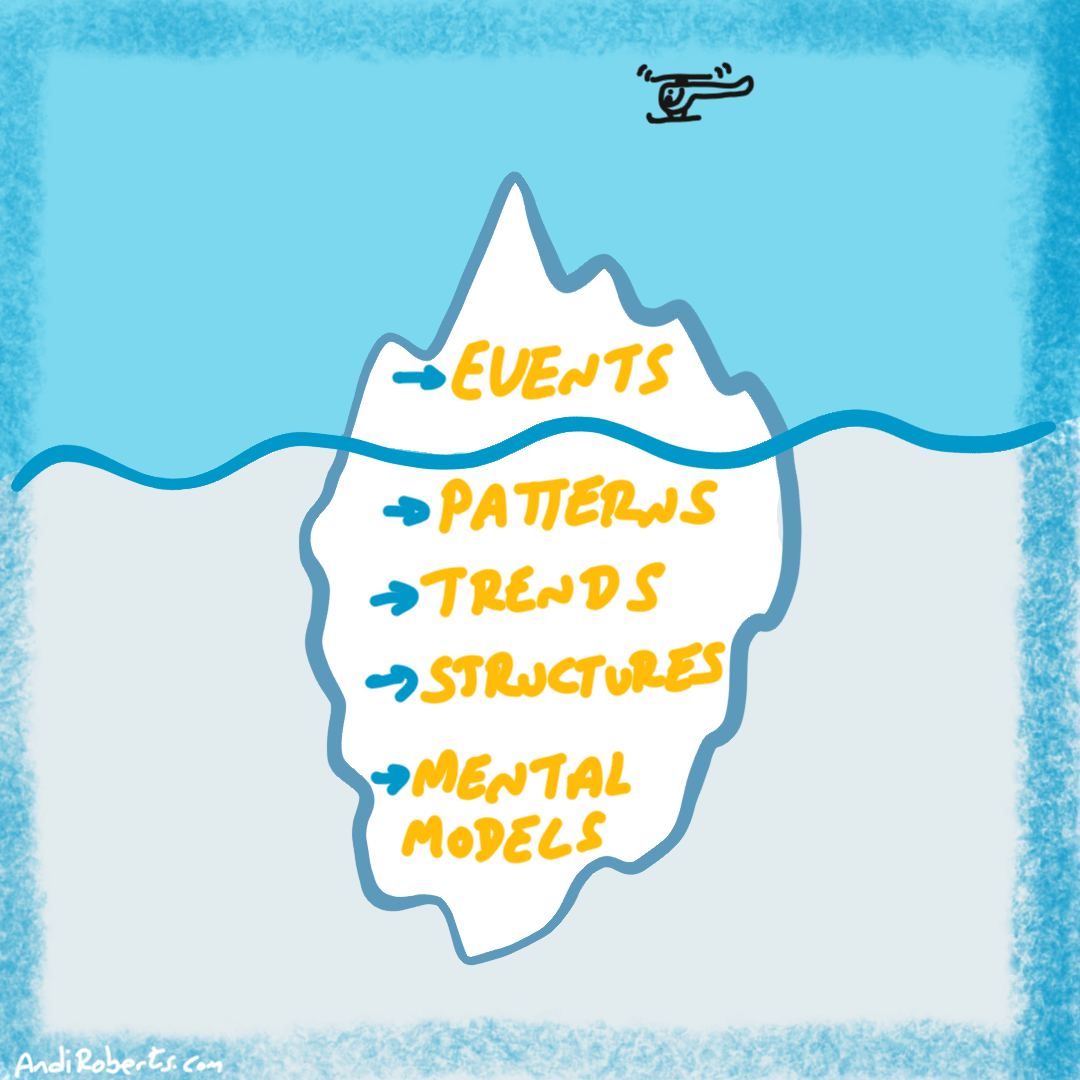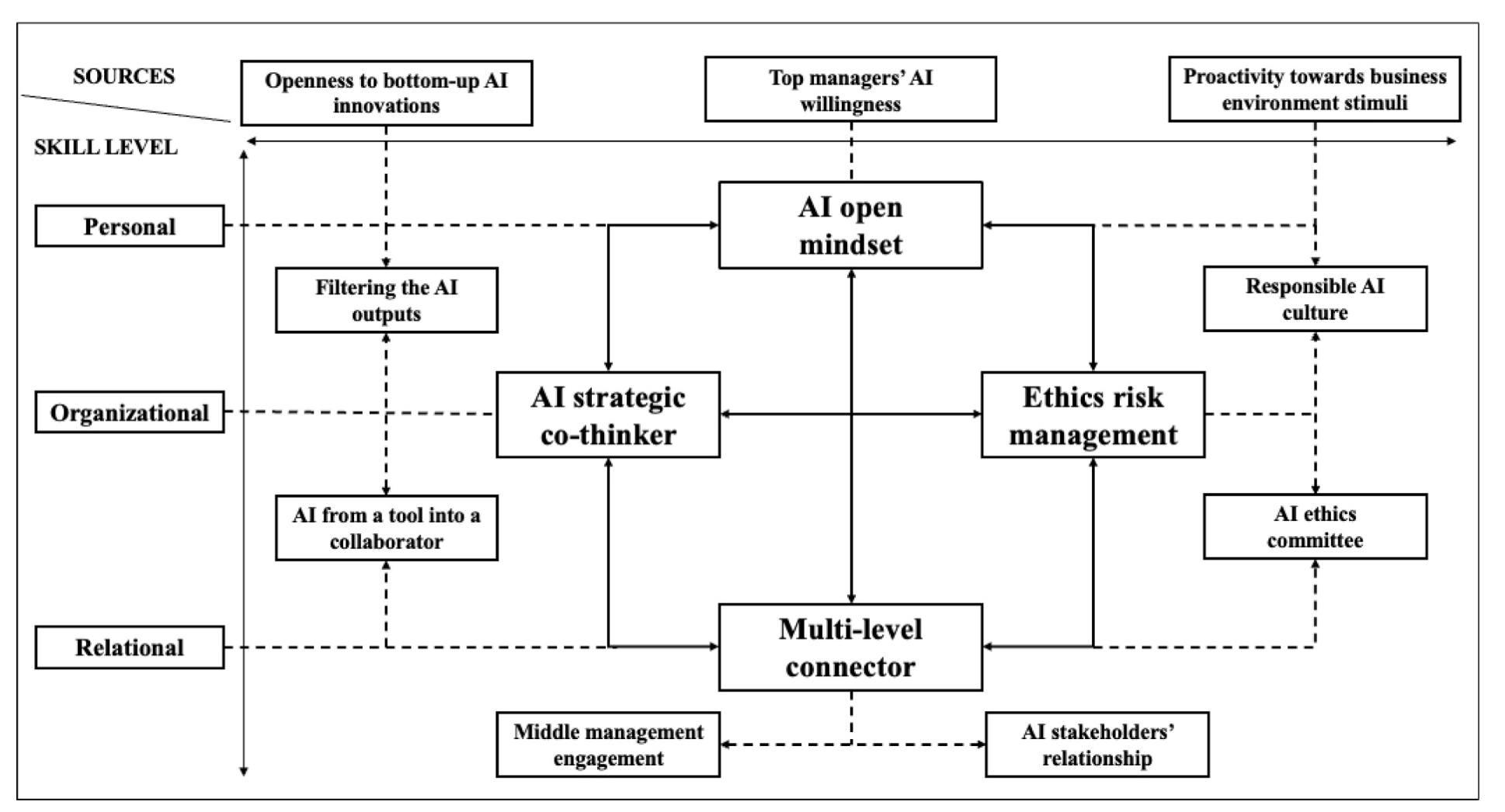Every era leaves a trace in the way leaders are expected to behave. The industrial age gave us the archetype of the heroic leader, the figure who stands apart from the crowd and makes decisions through clarity and force of will. Work was understood as a predictable system, something to be controlled through planning, oversight, and authority. In this world the leader who hesitated risked losing command. The leader who asked questions risked appearing weak.
The expectation that leaders must know everything did not arrive by accident. It was shaped through decades of management education, organisational design, and cultural habit. From Frederick Taylor’s scientific management to the command structures of early twentieth century corporations, authority came from certainty. Leaders were expected to move from problem to solution with speed and confidence. Many still carry that inheritance without realising it.
The rise of knowledge work has changed the nature of leadership, yet the old expectation persists. Boards want decisive answers. Teams want clarity. Investors want reassurance. In moments of pressure, leaders often fall back on the habits they inherited, not the capacities the present requires. The myth survives because it once worked in simpler systems. It falters in the ones we now inhabit.
Why the myth endures
The myth that leaders should have the answers offers comfort. In uncertain times people look for stability, and answers create the feeling of stability even when the world refuses to cooperate. A leader who knows appears safer than a leader who thinks. Certainty functions as a kind of social currency. It signals confidence, direction, and control.
Organisations themselves reinforce the myth. Performance systems reward decisiveness more readily than reflection. Meetings are structured around conclusions rather than questions. Presentations are designed to reduce complexity into a single recommendation. In the culture of modern organisations, knowing is often treated as a virtue and not knowing as a liability.
There is a deeper emotional pull at work too. Leaders want to protect their teams. They do not want others to feel anxiety or ambiguity. The instinct to shield can lead leaders to present fixed answers even when none exist. Over time, this creates a pattern in which doubt goes underground and the organisation learns to pretend that the world is more predictable than it really is.
The endurance of the myth tells us something important. It speaks to a wider cultural discomfort with uncertainty. We live in systems that punish hesitation, reward quick fixes, and celebrate heroes. The myth flourishes in that environment because it masks the truth that leadership is less about certainty and more about stewardship, attention, and learning.
The cost of pretending to know
When leaders act as if they have all the answers, the organisation pays a price. The first cost is silence. People stop offering ideas because they believe the leader has already chosen a direction. Curiosity fades. Questions become rare. The organisation begins to operate on the assumption that knowledge flows in one direction.
The second cost is blindness. When leaders feel pressure to know, they begin to filter information. They hear what confirms their view and avoid what unsettles it. The pattern is subtle but powerful. A leader may ask for feedback, but if they appear attached to their own certainty, people learn not to disrupt their view. Over time the leader becomes increasingly confident while increasingly misinformed.
Research on psychological safety illustrates the consequences. Amy Edmondson (2019) showed that teams learn and innovate only when people feel able to speak candidly without fear of embarrassment or punishment. When leaders perform certainty, they suppress safety. People hide concerns, risks, and near misses. The organisation becomes smarter on paper and more fragile in practice.
There is also a personal cost. The weight of pretending to know is exhausting. Leaders become guardians of an image rather than participants in a shared inquiry. They carry the emotional load of omniscience, even though no one is omniscient. This weight drains presence, attention, and energy, and leaves little room for humility or connection.
What the evidence says about how leadership really works
The idea that leaders must have all the answers is contradicted by decades of research. Ronald Heifetz (1994) distinguished between technical problems, which have clear solutions, and adaptive challenges, which require learning. In adaptive contexts no one has the full answer at the start. Progress depends on experimentation, sensemaking, and shared responsibility. The role of the leader is to frame the challenge, not to deliver the solution.
Peter Senge (1990) showed that organisations behave like learning systems. Knowledge is distributed, not centralised. Insight emerges through interaction, not authority. Leaders who believe they must have the answers limit the organisation’s capacity to generate better ones. They turn a living system into a closed loop.
Ralph Stacey (2011) highlighted that in complex environments outcomes are unpredictable and relationships matter more than plans. Leadership becomes a conversational act. Answers emerge through dialogue, interpretation, and feedback. The attempt to impose certainty can disrupt the very conversations that would reveal what the organisation needs to understand.
Even Drucker, often misrepresented as a champion of clarity, recognised the limits of individual certainty. In The Effective Executive (1966) he wrote that effectiveness requires asking the right questions and listening for signals beyond immediate data. He placed responsibility above omniscience. Leaders, in his view, must cultivate judgement, not perfection.
Across the literature the pattern is consistent. Collective intelligence outperforms individual expertise. Humility invites participation. Inquiry builds capability. Certainty may be comforting, but it rarely creates the conditions for progress.
What leaders can do instead
If leadership is not about having all the answers, what is it about? The alternative is not passivity. It is disciplined inquiry. It is the willingness to surface uncertainty and then help others make sense of it. It is a shift from answer giver to context setter.
Five practices help leaders build this capacity.
Create containers for thinking
Great leadership creates the space where others can think. Instead of rushing into solutions, leaders can open questions that invite participation. They can set the purpose of the conversation, name the constraints, and then allow the group to explore possibilities. This reduces the pressure to perform certainty and increases collective contribution.
Model not knowing without losing direction
Uncertainty does not mean drift. Leaders can name what they do not know while reinforcing the purpose or shared commitment. For example: “We do not yet have the right approach, but we are clear about the outcome we are working toward.” This anchors the work without pretending to possess perfect foresight.
Use questions as tools for alignment
Questions shape attention. Thoughtful questions help teams uncover assumptions, reveal risks, and identify opportunities. They also signal trust. When leaders ask questions rather than provide answers, they show belief in the capability of the group.
Build shared interpretation
Answers often fail because they are not understood in the same way across the organisation. Leaders can slow the pace of decision making long enough to build shared meaning. This does not mean endless meetings. It means making time to check interpretations, clarify terms, and ensure that people understand the problem the same way before trying to solve it.
Distribute sensemaking
Leaders can cultivate a culture where insight is a shared responsibility. This includes regular practices such as after-action reviews, learning conversations, and reflective pauses. When people see that learning is valued, not knowing becomes less threatening. The organisation begins to rely on collective intelligence, not individual performance.
At the heart of these practices lies a simple principle. Leadership is not the art of knowing. It is the art of noticing, convening, framing, and listening. Answers may emerge, but they are the result of collective inquiry, not solitary expertise.
Closing reflection
The myth of the all-knowing leader is rooted in a world that no longer exists. Today’s challenges are fluid, interconnected, and often ambiguous. They demand learning rather than certainty, conversation rather than proclamation.
The real task of leadership begins where answers end. It lives in the moments when leaders choose curiosity over performance, inquiry over authority, and connection over control. When leaders stop pretending to know, others begin to speak. When leaders create space for insight, insight arrives.
Leadership is not a performance of knowledge. It is a practice of attention. It is the willingness to help a group discover what none of them could see alone. The old myth promised strength through certainty. The deeper truth is that strength grows through shared understanding: Leaders do not need all the answers. They need to build the conditions where better answers can emerge.





Leave A Comment